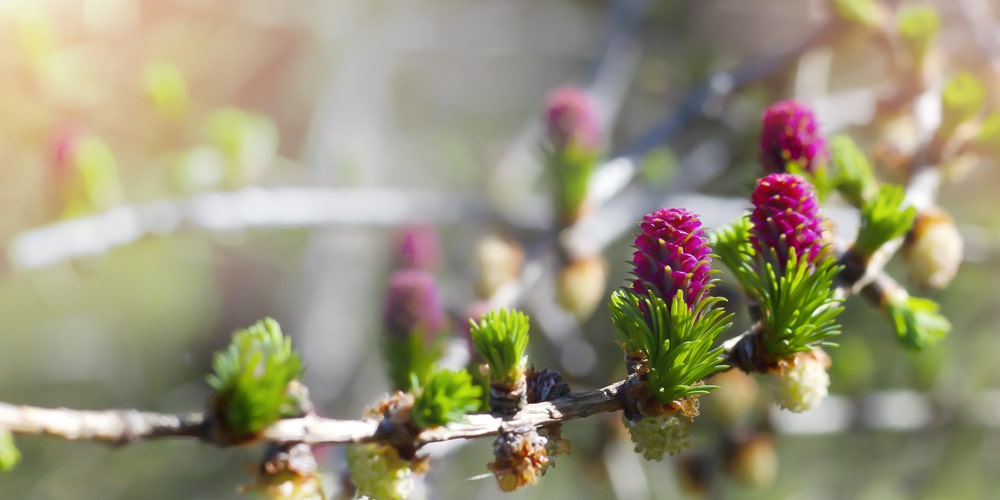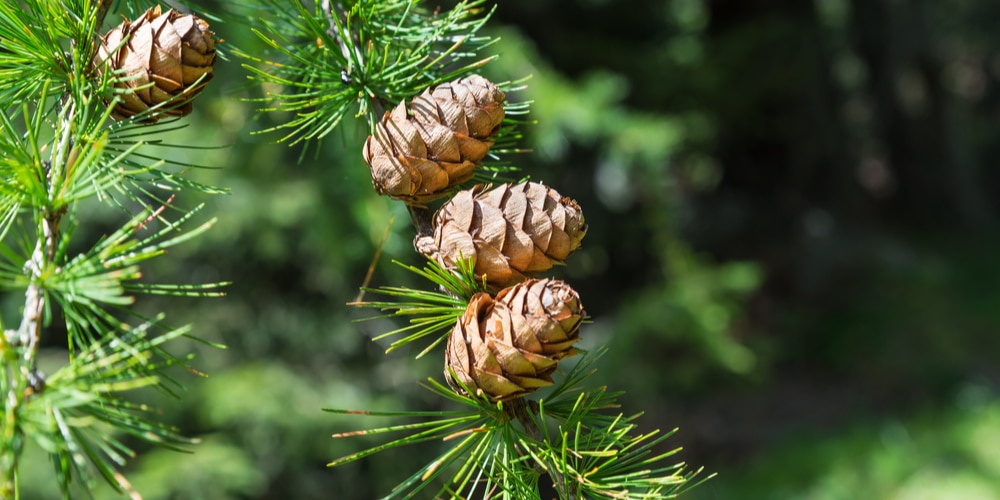Larch trees are stunning ornamentals native to the mountainous regions of Central Europe. One of the best things about this plant is that it can grow fast: under ideal conditions, they can add five feet to their height every year. Plus, they usually establish themselves rapidly in most soils. You may be wondering, ‘How to Grow Larch From a Seed?’
If you have a plant garden, adding a larch tree can improve the quality of your ground. Larch can grow in almost any climate zone, provided that you give them what they need to thrive. While not many people decide to start a tree from seeds, you might be surprised at how simple (and satisfying) the process can be.
We know how challenging it might be to grow a tree from seeds, but you don’t have to despair. In “How to grow larch from a seed: the step-by-step guide,” we included everything you should know about growing a healthy tree from scratch. All you have to do is find healthy seeds and get started.
Step 1: Get Some Seeds
To successfully grow larch from seeds, harvest the cones that hold them before they turn brown. If you have a larch tree around you, use your hands to open the cones. Pick a freshly-looking one that felt from a nearby tree for best results. If there are no larch trees in your area, don’t worry. You can always purchase seeds online or even at your favorite gardening store.
You will only need three seeds to start your tree, so pick them carefully!
Step 2: Germination
The germination process requires cold temperatures. Before planting your seeds, you will need to store them for about two months at around 40F. Such temperatures allow for a stratification period to prepare the seedlings for germination. If you live in a warm region, don’t worry: you can put your seeds in the refrigerator inside an air-tight container. Check on them every couple of weeks to ensure they are not rotting.
Step 3: Time to Sow Your Seeds
After the chilling period has passed, you can plant your seed on the ground. Don’t skip on the stratification because that will make all your efforts to grow a tree vain. When your seeds are ready, plant them in a container filled with high-quality general potting mix.
You can use a tray or any other vase with drainage holes. Don’t forget to poke holes for your seeds to keep them in place. After having planted three seeds in your tray (or if you are sowing for more than one tree, three in every plug), cover them with 1/8 of an inch of dirt. Use compost or other organic material to improve water retention and enrich the nutrient content.
Step 4: Take Care of your Seeds
Avoid placing your planted seeds under direct sunlight. Instead, you can place them next to a window or outdoors, under partial shade. You will start seeing sprouts in one month.
Keep your trays indoors to maintain optimal soil temperatures. Also, water your seedlings from below to prevent damage to the roots. If you cannot place your trays under indirect sunlight, consider getting some grow lights to promote healthy growth.
Step 5: Transfer your Seedlings Outdoors
When your seedlings have grown enough, you should transfer them outdoor. They can grow up to four to six inches during the first growing season if you plant them at the right time.
Don’t forget to use loose soil rich in organic material. Add some mulch around your plants to keep them moist and well-fed. Also, protect them from lower temperatures by covering them during the night with a sheet or some plastic bags. If you are planting more than one seedling, don’t forget to space them enough to allow them to grow and expand.
With care, your seedlings will soon transform into a tree, big enough to withstand colder temperatures. You will notice an increase in growth during the second and following years from planting. Fertilize your soil at least once per year to prevent it from becoming too acidic.
How to Grow Larch From a Seed: The Bottom Line
As you can see, growing larch from seed doesn’t have to be complicated. Of course, you do have to be patient in the process: you may have to wait a couple of years before getting some results: but the efforts will be worth it in the end!
You may also like: How Long Does it Take for Tall Fescue to Germinate?

